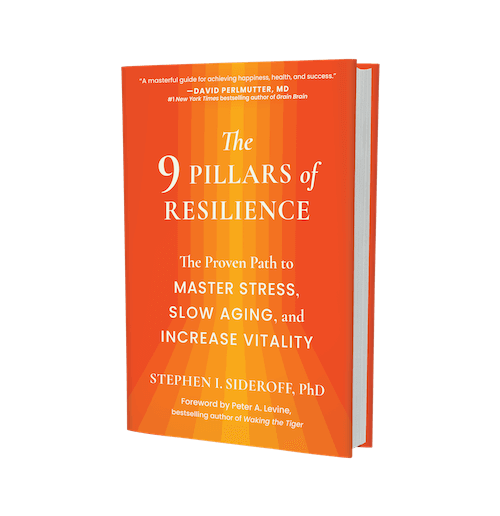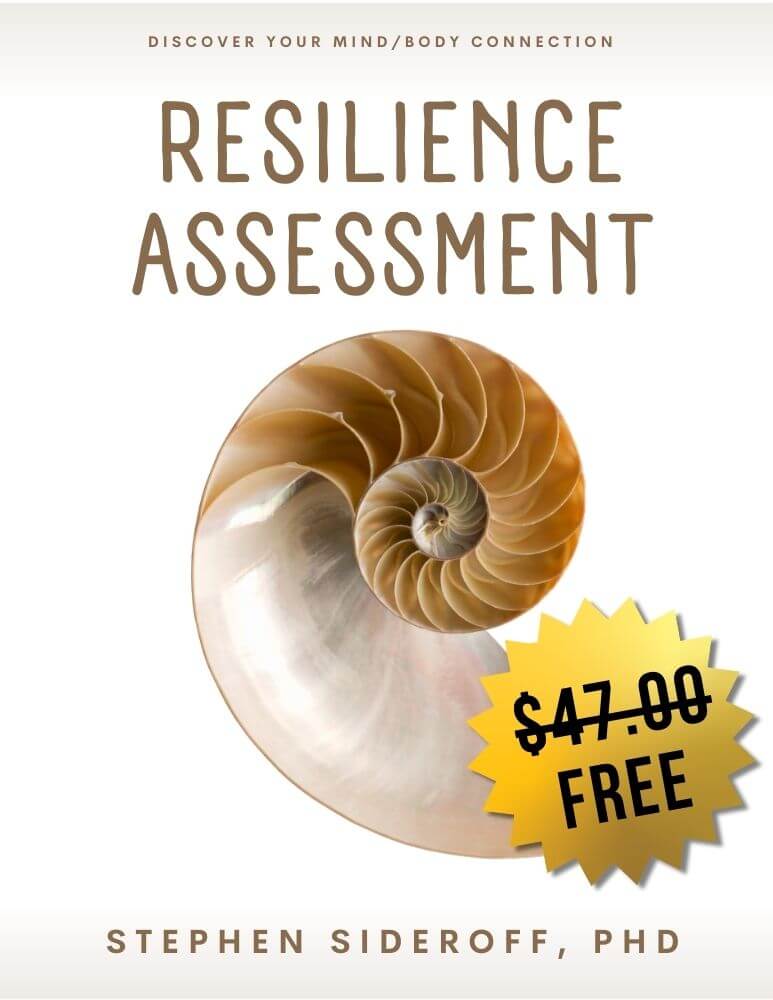
Pull of old patternsSource: Gospel Dads
There are many ways to interpret this statement. But the one that’s irrefutable is that the more you “know” your own psyche, heal its wounds, and develop it along certain lines, the more you will experience success in the world. But we must use a very broad definition of success. Success can not mean simply material things, although Jung’s statement would indicate that they would come through the development of one’s psyche. Success needs to include health and feeling good about oneself. This includes the suggestion of the Dalai Lama that happiness is the goal of life and includes my model of resilience and success that has nine lines of development.
Unseen Forces
Much of our lives are driven by internal unseen forces. This source of motivation derives from unmet needs of childhood—important and fundamental building blocks such as acceptance, love, and appreciation. When these aren’t fully received, we unconsciously engage with the world in an effort to acquire these needs. These forces also include emotions activated but not expressed during childhood, such as anger and loss, that result in unfinished emotional business.
“Time heals all wounds” sounds nice, but time alone will not dissipate those feelings lodged in our body and mind. They must be recognized, identified, experienced, expressed and released to be relieved of their influence. And finally, there are the lessons of childhood. Those messages that are derived either directly or indirectly, through modeling, go in deeply, as they are the early survival lessons of how the world works. They are the lessons that help us stay on the good side of our caregivers to whom we are dependent. It doesn’t matter that our childhood environment isn’t a true sampling of how the world operates; to a child, it’s the only world we know. We, therefore, learn to adapt to this environment.
The reason these lessons are so important is that our brain develops based on them. This forms neural circuits that become the blueprint for the rest of our lives, and our ability to adapt tends to freeze to these early childhood lessons and wounding. In my book, I refer to this process as our Primitive Gestalt Pattern. And these patterns have a gravitational pull that continually influences our thinking, emotions, and behaviors. If you find it difficult to make significant changes in your life or the way you think, it’s due to these patterns.
Stalking your Primitive Gestalt Pattern
The good news is that while we are tied to our Primitive Gestalt Patterns, we also are blessed with neuroplasticity. This is our brain’s ability to rewire itself based on new learning. It’s been shown that very brief but impactful learning can initiate new neural circuits and connections between cells. This is at the heart of personal empowerment. I refer to the process as “stalking your pattern.” Think of a cat that’s totally focused on a moving insect. It will be poised, motionless, silent, with only one thing in mind. When the moment is ready it will pounce on its prey. In this process, it finds its prey and doesn’t let it out of its sight. You want to muster the same level of intention to stalk your pattern; to notice aspects of your pattern and how they cause upset and interfere with success.
For example, you might find that you procrastinate or find excuses to avoid taking actions that will get you closer to your goal. When you stalk your pattern, you might find that your internal voice is saying, “it’s too difficult,” or “you may make a mistake,” or “people will judge you.” You have now identified an important aspect of your Primitive Gestalt Pattern that undermines your progress.
How to Establish a Healthier Pattern
As I’ve noted above, your existing pattern is represented by neural circuits that keep getting reinforced and strengthened as you follow the same path. But if you notice that you are into the pattern—if you awaken to the moment—you have the opportunity to make a different choice. What would be the basis of this different choice? It would be the identification and establishment of a healthier internal voice. A new model of wisdom that, once established, you can always turn to for the best way to respond.
I suggest that this new and healthier internal voice comes from a place of love, compassion, acceptance, support, and care toward yourself. Sometimes we have difficulty believing that it’s okay to have such a voice. But If we think of someone we love, we would all agree that that person should have this type of positive internal voice. Now I ask you, why would it be good for your loved one, but not for you? Of course, there is no good reason! Use this as your rationale for beginning to incorporate this positive voice into your internal dialogue.
Let me review. We get stuck in life because we are following patterns established during childhood that helped us cope with our childhood environment but are not adaptive to your world today. In fact, these patterns typically cause anxiety, frustration and interfere with your success. They are orchestrated by your internal voice. To begin empowering yourself, stalk your pattern. Notice what that voice is saying and how it undermines your progress. Awaken to the moment and take a stand, saying something like, “This voice is not serving me or my needs. I will no longer listen to it.” Switch to the optimal and healthy internal voice that comes from a place of love, compassion, acceptance, support, and care. Have it speak in support of your healthier thinking and behavior.
When I was in fifth grade, the teacher explained compounding interest by a bank. She showed us that the more frequently interest was compounded, the more money will be accrued. I was amazed at how much one dollar can turn into if interest was compounded each hour. The same concept is true with neuroplasticity. The more moments you awaken to your old, habitual pattern, say “no,” and call on a healthier voice, the more you will build new neural circuits reinforcing the healthier pattern. As D.O. Hebb once said, “Neurons that fire together, wire together.”
References
Jung, C. G. (1960) On the Nature of Psyche, in the Structure and Dynamics of the Psyche, The Collected Works of C.G. Jung, vol. 8, trans. R.F.C. Hull (London: Routledge, p. 21

